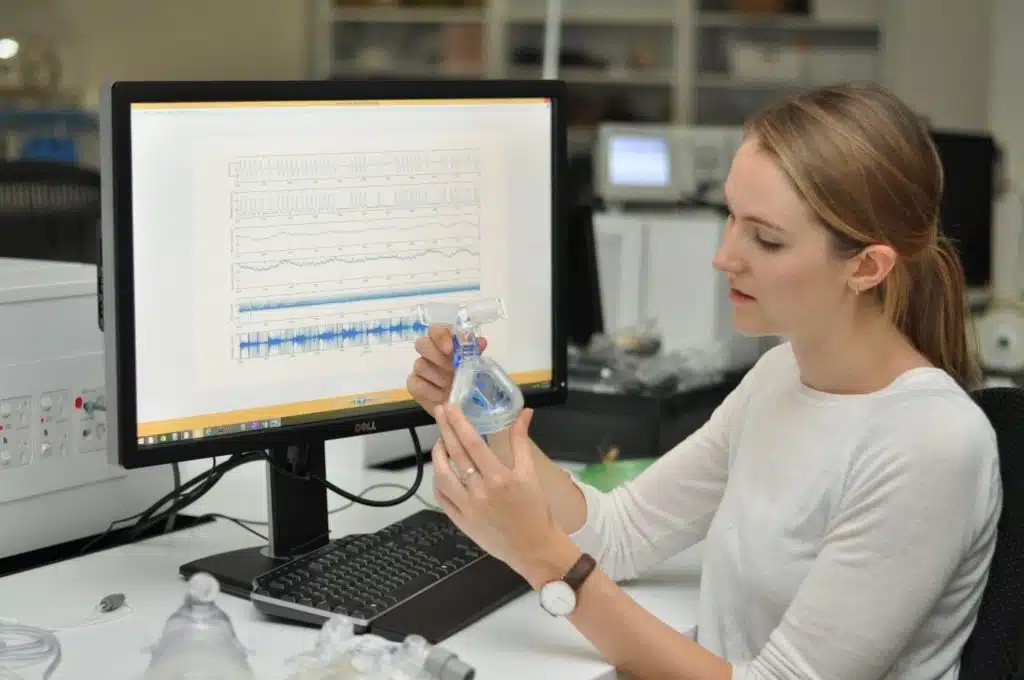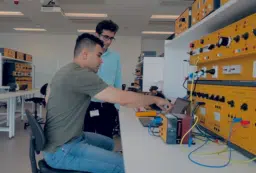The airways of people with sleep apnoea collapse much more quickly than previously thought, say Adelaide researchers. It’s a finding which could help improve treatments for sleep apnoea.
Up to 20 per cent of Australian adults have obstructive sleep apnoea, although many cases are undiagnosed. It means while people are sleeping their airway collapses repeatedly and they can stop breathing for up to two minutes each time.
Laura Gell, and colleagues from the Flinders University Medical Device Research Institute and Adelaide Institute for Sleep Health, conducted detailed sleep studies of patients with sleep apnoea to better understand the complex mechanisms behind the common disease.
They measured muscle activity in the patients’ upper airways as well as the amount of effort they made to breathe when their airways became obstructed.
They then tracked how these changed on a breath-by-breath basis across the night.
“Until recently we didn’t know much about the causes of sleep apnoea,” says Laura. “People assumed it was simply aging or obesity that was making the airway floppy.”
“However research like ours shows that it’s much more complicated than that.”
By comparing how much effort patients were making to breathe with the airflow through their airways, the researchers found their airways were collapsing much more quickly than previously thought.
“This suggests that patients not making enough effort to breathe could be a key factor in why their airways keep collapsing,” says Laura.
However, during the same time, they also found evidence of increased muscle activity in the upper airway, which may be a sign of an inbuilt protective mechanism in the body to try and prevent the airway closing.
“A better understanding of these mechanisms will be important in developing new treatments for sleep apnoea,” says Laura.
“And hopefully lead to a better night’s sleep for some people being kept awake by their partner’s snoring, which is a common symptom of sleep apnoea.”
Contact: Laura Gell, Flinders University, laura.gell@flinders.edu.au
Banner image: Laura Gell analyses the signals recorded during a study of patients with sleep apnoea. (Credit: Flinders University)







 Fresh Science is on hold for 2022. We will be back in 2023.
Fresh Science is on hold for 2022. We will be back in 2023.